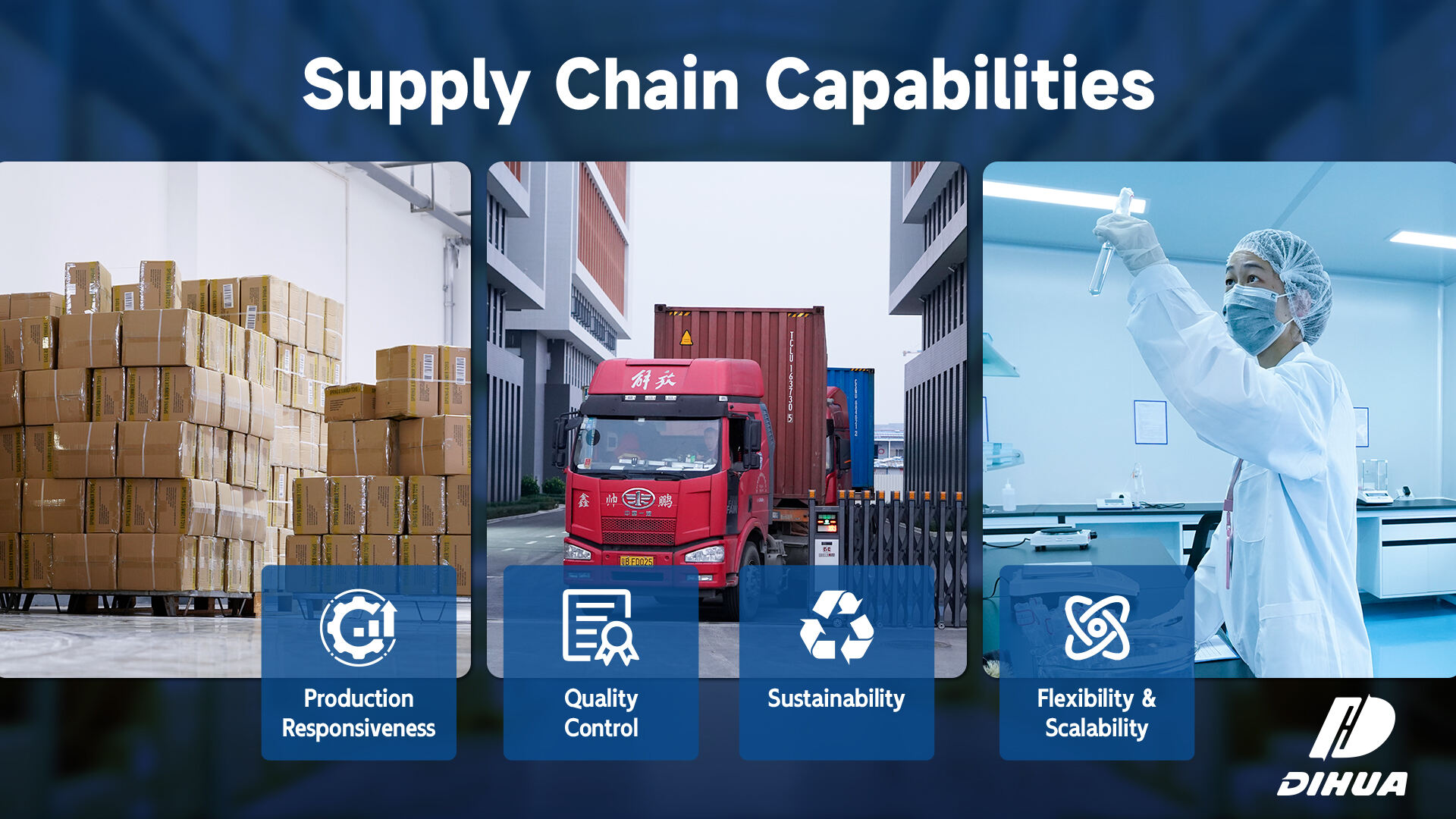Introduction
In the second half of 2025, the global toy export market is showing both steady growth and intensifying competition. According to the China Toy Association (Dec 2024), overall exports grew by 8% last year, with high-quality suppliers capturing an additional 30% of market share. These results highlight a critical reality: while demand in the EU and US continues to expand, only suppliers with stronger capabilities and resilient supply chains are able to secure or grow their share. For many exporters, the current season is a decisive period to strengthen partnerships, lock in production capacity, and prepare for the 2026 buying cycle.
For international buyers and distributors, this raises an important question: what differentiates a reliable partner from the rest in 2025’s competitive export environment?
Market Situation: Growth with Intensifying Competition
The EU and US remain the most important destinations for Chinese toy exports, representing the bulk of international demand. Yet stability in demand does not mean stability in expectations. Retail buyers in these markets are facing tighter calendars, stricter compliance requirements, and consumers who expect more from toys than ever before.
As a result, procurement standards are shifting. Buyers are no longer satisfied with suppliers who compete on price alone. Instead, they are actively seeking partners who can consistently deliver:
-
Speed – accelerated product cycles and shorter lead times, enabling retailers to capture seasonal opportunities and respond quickly to shifting consumer preferences.
-
Compliance – proven alignment with EN71, ASTM, REACH, and evolving regulatory frameworks, backed by reliable testing and the ability to pass major retailer audits without delays.
-
Innovation – differentiated products tied to consumer trends, STEM education, sustainability initiatives, and IP culture, ensuring assortments remain relevant and attractive on crowded shelves.
-
Reliability – resilient supply chains capable of managing seasonal peaks, inventory fluctuations, and global disruptions while maintaining stable quality and on-time delivery.
In this context, suppliers with robust capabilities gain clear advantages, while those lacking adaptability and depth in supply chain management risk being left behind in a highly competitive market.
Capability Requirements for Traders
Trading companies have traditionally acted as the bridge between overseas buyers and domestic manufacturers. In today’s export landscape, however, that role is no longer sufficient. Traders are increasingly expected to move beyond execution and take on the role of strategic orchestrators within the supply chain. Their value lies not only in managing orders but also in anticipating challenges, aligning market intelligence with sourcing decisions, and ensuring stability across the procurement cycle.
To meet these elevated expectations, trading companies must demonstrate four critical competencies:
-
Market Sensitivity – Traders must continuously track consumer preferences and retail dynamics in EU and US markets. Understanding shifts toward STEM toys, eco-friendly solutions, and licensed IP-based products allows them to guide suppliers toward high-demand SKUs.
-
Customer Relationship Management (CRM) – Long-term success depends on building trust and transparency with buyers. Retailers are more likely to commit to suppliers who provide clear communication, proactive updates, and responsive after-sales service, as these factors are directly tied to supply chain stability and market responsiveness.
-
Price & Cost Control – In a market where price competition is fierce, maintaining sustainable margins requires traders to balance competitive quotations with cost-efficient sourcing and negotiation strategies.
-
Risk Management – With tariffs fluctuating and logistics routes under pressure, traders must actively manage risks. This includes diversifying logistics partners, anticipating tariff adjustments, and ensuring products meet evolving compliance rules.
By mastering these competencies, trading companies transcend the role of intermediary and become strategic partners capable of delivering market insights, operational reliability, and long-term value creation. Those who reposition themselves accordingly will be best equipped to secure buyer loyalty and maintain competitive relevance in the global toy export market.
Capability Requirements for the Supply Chain
Even the most skilled traders cannot succeed without the support of strong and reliable supply chain partners. In today’s export environment, supply chains are no longer judged solely on cost efficiency; they are measured by how well they support buyers’ strategic priorities—ensuring resilience, mitigating risks, and enabling faster entry to market. To remain competitive in 2025, suppliers must establish clear advantages in the following areas:
-
Production Responsiveness – Lead times must be shortened to meet the accelerated retail calendar in EU and US markets. Seasonal peaks, especially Christmas and Spring/Summer assortments, require agile production scheduling.
-
Quality Control – Consistent compliance with EN71, ASTM, REACH, HR4040, and other standards is non-negotiable. Suppliers must be capable of passing audits from major retailers such as Walmart and Target, reducing rework and customs delays.
-
Sustainability Practices – ESG expectations are reshaping sourcing decisions. Buyers now demand FSC-certified packaging, GRS-certified recycled plastics, and eco-friendly production methods. Suppliers who integrate sustainability into their operations not only meet compliance but also align with retailer marketing priorities.
-
Flexibility & Scalability – The market conditions are unpredictable. Suppliers must be able to adjust capacity quickly, supporting both small-batch customized runs and large-scale mass production. This flexibility ensures that buyers can pilot innovative products without sacrificing volume for proven SKUs.
Taken together, these capabilities represent more than operational efficiency—they define the supply chain partners that buyers can rely on for resilience, adaptability, and long-term competitiveness in the global toy market.
Strategic Solutions for Maintaining Market Share
As competition in EU and US toy exports intensifies, relying on transactional, price-driven relationships is no longer enough. Buyers expect partners who can provide stability, innovation, and long-term value creation. To meet these expectations and secure market share, suppliers and traders must adopt the following strategic solutions:
-
Build Stable and Integrated Supply Chains – A fragmented supply base creates delays and risks. Integrated supply chains that combine sourcing, production, compliance, and logistics under one framework ensure predictable performance and faster time-to-market.
-
Offer Exclusive Services to Key Buyers – Customized product development, private-label solutions, and tailored packaging services give retailers added value and strengthen long-term cooperation.
-
Develop Differentiated Products – Competing on price alone is unsustainable. Suppliers should leverage market insights and IP collaborations to launch products that stand out in crowded retail shelves. Interactive R/C toys, STEM-aligned playsets, and sustainable toy lines are examples of categories that combine consumer demand with retailer priorities.
Call to Action: Secure 2026 Cooperation Early
The most forward-looking buyers are already locking in capacity for 2026. By committing early, they not only guarantee access to production slots but also enjoy preferential terms and collaborative benefits. Suppliers who position themselves as long-term sourcing partners, rather than low-cost alternatives, will be rewarded with loyalty and recurring contracts.
In an export environment defined by efficiency, compliance, innovation, and sustainability, those who invest in capability building today will be the ones stabilizing and growing their market share tomorrow.
Conclusion
2025 will test the resilience and adaptability of toy exporters to the EU and US. Success will not depend solely on pricing but on the ability to combine market sensitivity, strong customer relationships, cost and risk management, responsive production, sustainable practices, and scalable capacity.
For global buyers, choosing partners who embody these strengths is no longer optional — it is essential. And for suppliers and traders, embracing these strategies now is the only way to maintain and expand market share in a competitive global toy market.



 Hot News
Hot News